By Savitha Hira; Info courtesy:
Ishita Shah
Images & Renderings: Courtesy
CEPT Archives
The new
department of archives at CEPT, Ahmedabad holds in its midst rare gems of architectural
representational styles – both, in drawings and design. IAnD probes and
enlightens…
Set up to document and showcase
the richness of learning articulated through the medium of regional and
traditional built environments, the CEPT Archives
consolidates the institute’s tradition and diligence in documentation.
Works of several veterans have been archived - Le Corbusier, Louis Kahn, Balkrishna
Doshi, Charles Correa, Achyut Kanvinde and others. But alongside, there are
several little known names and faces of India’s architectural history, replete
with some remarkable built environments. Cataloguing these equally important
contributors - Architects Arvind Talati
(Ahmedabad), Bruno Souza (Goa), Jaimini Mehta (Vadodara), Lt. Hema Sankalia
(Pune), Leo Periera (Ahmedabad), Sarto Almeida (Goa) and Designer Lt. Morarji
Kamdar, IAnD came across a common thread – unique in its makeup – the
representational style of the architectural drawings and design.
Delving further into the
works of three such architects, we realized with amazement that despite the
different periods in which they practiced, their works are marked by a
distinctive style. Take for instance, Ar. Hema Sankalia’s works – being among
the earliest women architects in the country, starting her practice in the
early 1960’s, she was known for low-cost housing apart from the private
residences, office buildings, institutions and public spaces that she designed.
Typically, Hema’s drawings, unlike the standard architectural drawing sheets, were
done on small paper sizes, which did not vary even with long elevations and
detailed axonometrics. Also, there was
never a use of colour or rendering. So these stark documents were rich in their
scale for drawings of the buildings or even parts of a design.
In complete contrast, Ar.
Leo Pereira’s works employ colour to highlight significant design details or
even mark important changes in the drawing. However, with the use of tracing
paper, superimposition from rough to fair draft was easily accomplished with
little changes, whilst a smaller-sized sheet would document changes and
corrections. Leo’s vast architectural
portfolio comprises wide-ranging typologies, from private residences,
farmhouses, churches, institutions, to offices and many others.
The third
interesting pick is Kamdar
Furniture & Interiors started as Kamdar Karyalaya in the early 1930’s as a
small business initiative focused on furniture-making, which in 1946, acquired noted
German artist and interior decorator, E.F.
Messerschmidt as Associate Interior
Architect. His designing saw a lot of coloured renderings of interior spaces used for process as well as presentations;
to give a sense of style and the overall ambiance in which the furniture would
sit; even after the design was confirmed, the working/shop drawings were made
to detail out the furniture pieces for construction . Monochrome drawings
were also made to discuss lighting. Their works include notable premises like
the The Taj Mahal Hotel, The
Times of India, Royal Houses of Baroda, Gwalior, Hyderabad and Jaipur among
several others.
It is a delight to view a variety
of drawing techniques, materials, building styles and other learnings from the
last century. The CEPT Archives facility makes it possible to access such
valuable material for research studies, exhibitions and publications.
"CEPT Archives reserves all rights provided by copyright law, such as the right
to make copies, distribute the images, perform, license, or otherwise exploit
the images; no rights are waived under this license. To access or use these
images, please write to CEPT Archives atceptarchives@cept.ac.in."

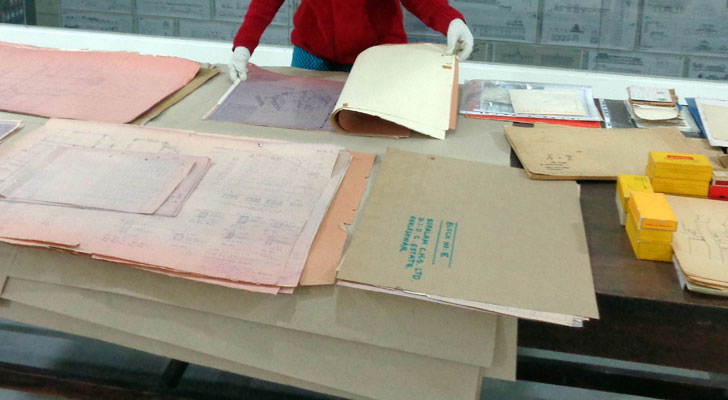
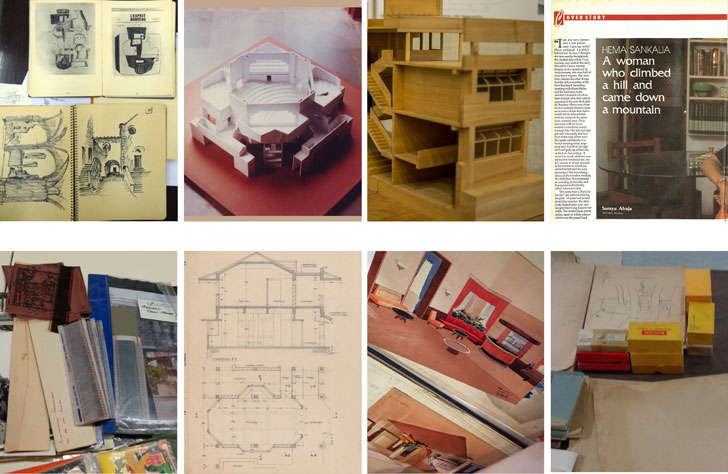
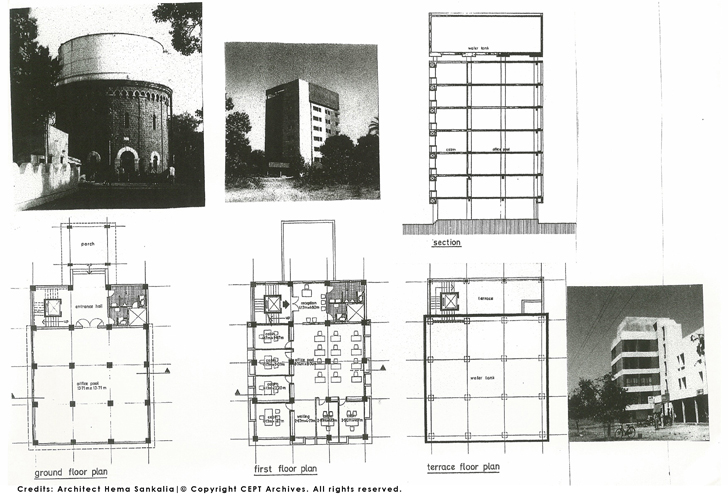
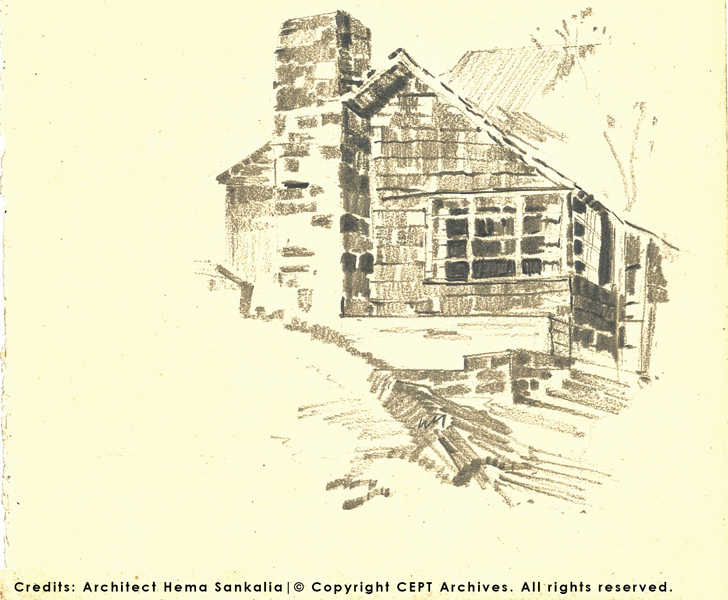
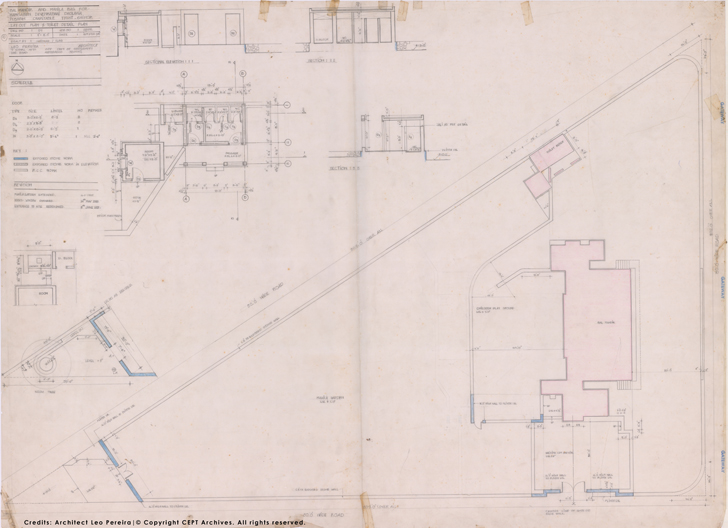
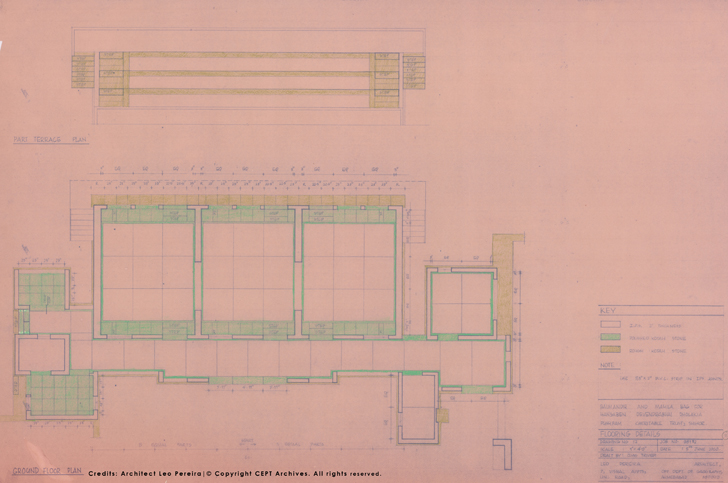
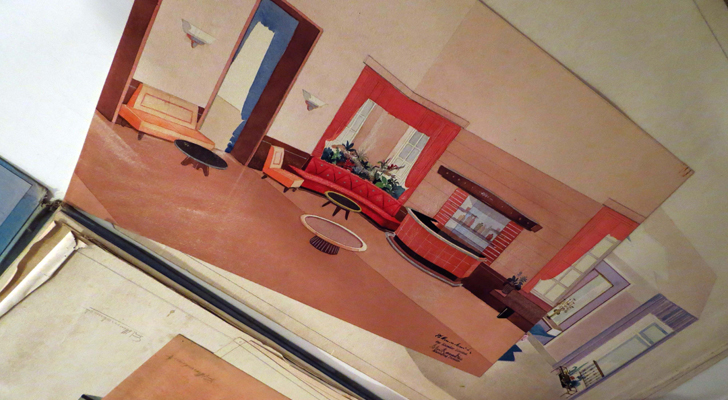
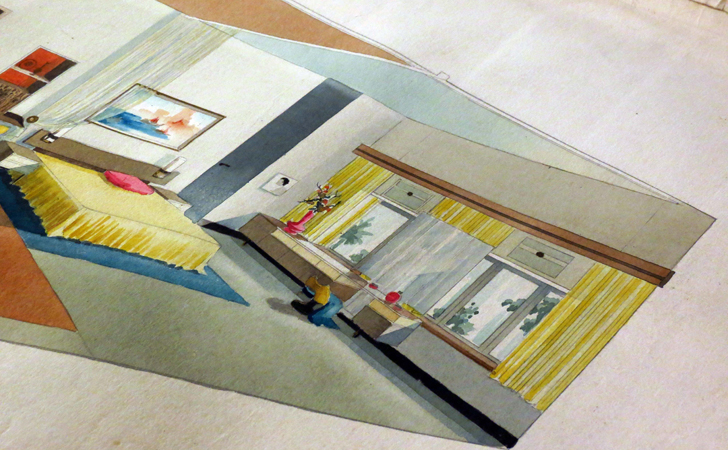
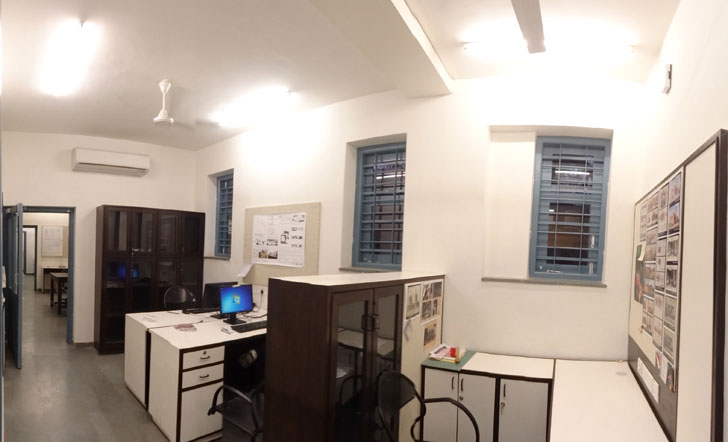
It was great to see Hema's drawings. I worked with her in CAC till the last. It was very educating to work for Hema. I miss her very much.
ReplyDelete